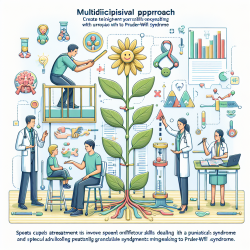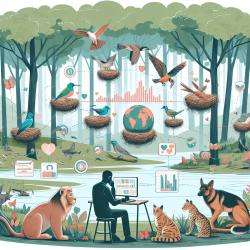Introduction
As practitioners in the field of online therapy services, understanding the nuances of effective communication is crucial, especially when dealing with diverse populations. The research study titled "Communicating Risk to Aboriginal Peoples: First Nations and Metis Responses to H1N1 Risk Messages" offers valuable insights into how communication strategies can be tailored to better serve Aboriginal communities during public health crises. This blog explores the key findings of the study and how practitioners can implement these insights to improve their communication skills.
The Importance of Cultural Context
The study highlights that 'one size fits all' messaging campaigns are often ineffective, particularly when communicating with Aboriginal communities. The socio-economic, historical, and cultural contexts of First Nations and Metis citizens must be considered to tailor messages and delivery methods effectively. Practitioners can enhance their communication strategies by:
- Engaging directly with communities to understand their unique perspectives and needs.
- Incorporating cultural sensitivity into messaging to build trust and credibility.
- Utilizing community leaders as communicators to ensure messages are well-received.
Lessons from the H1N1 Pandemic
During the H1N1 pandemic, Aboriginal populations in Canada were disproportionately affected, highlighting existing health disparities. The study reveals that communication efforts often failed to address these disparities, leading to confusion and distrust among Aboriginal communities. Practitioners can learn from this by:
- Avoiding stigmatizing language that may perpetuate feelings of being the 'other'.
- Providing clear explanations for why certain groups are prioritized for interventions.
- Ensuring that communication strategies are inclusive and considerate of all community members.
Building Trust Through Collaboration
One of the key takeaways from the study is the importance of building functional partnerships with Aboriginal communities. This involves collaborating with community representatives to develop and disseminate risk messages. Practitioners can improve their communication skills by:
- Establishing long-term relationships with community leaders and organizations.
- Involving community members in the planning and execution of communication strategies.
- Providing opportunities for open dialogue and feedback to refine messaging approaches.
Conclusion
The findings from the "Communicating Risk to Aboriginal Peoples" study offer valuable lessons for practitioners seeking to improve their communication skills. By understanding and addressing the unique cultural and socio-economic contexts of Aboriginal communities, practitioners can enhance the effectiveness of their communication strategies during public health crises. To read the original research paper, please follow this link: Communicating Risk to Aboriginal Peoples: First Nations and Metis Responses to H1N1 Risk Messages.










